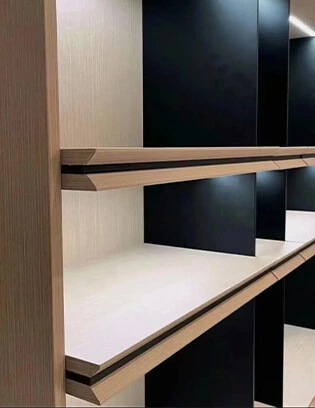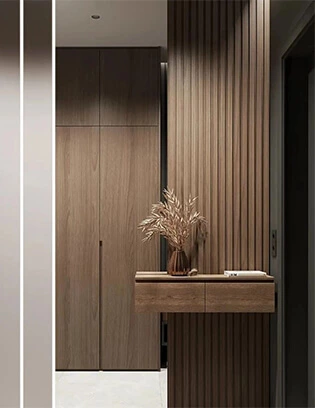3 Design Moves That Make Your Cabinets Stand Out
In whole-home customization, plain white or light-gray cabinetry is a common default, but in some cases it can get a little dull. While minimalism has its charm, too much monotony often leads to visual fatigue. So, how do you bring life, depth, and a sense of design into your cabinets without sacrificing functionality? The answer lies in clever, intentional design tweaks that elevate both style and substance.

Here are three impactful design techniques to consider when customizing cabinetry—guaranteed to make your space more dynamic, refined, and truly unique.
Interlocking & Inset Design
Think of this as architectural storytelling. Interlocking elements—where narrow segments intersect broader volumes—add both rhythm and refinement to cabinetry. This approach plays with contrasts: bold vs. subtle, light vs. dark, and solid vs. hollow. When executed well, the effect is sleek and sophisticated.
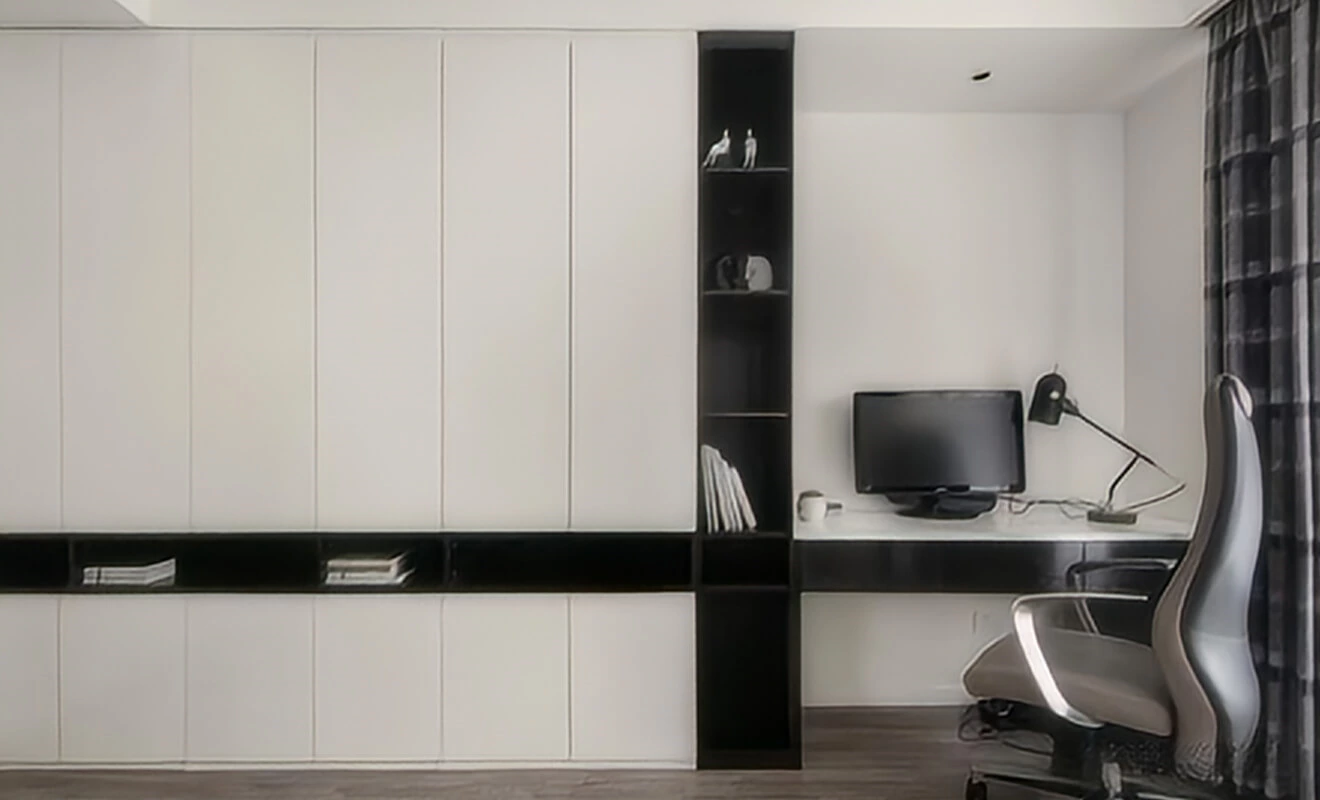
One key to mastering this technique is restraint. Leave intentional blank spaces around the interlocking elements to avoid visual overload. For instance, a sideboard with drawers “inserted” into an open shelf layout breaks the monotony of standard cabinet grids and creates an elevated, bespoke look.
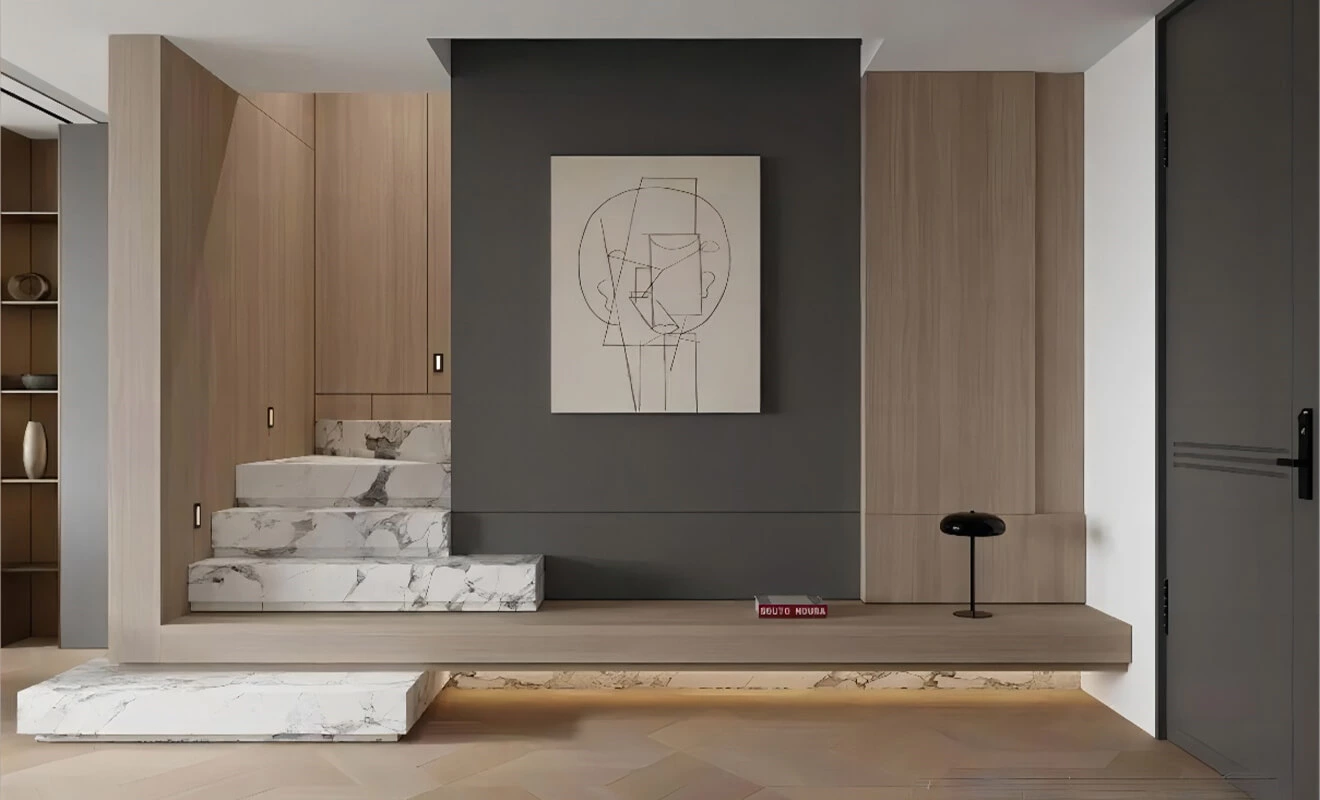
This method works beautifully in horizontal spaces like open-plan living rooms. By using different materials or tones across functional zones—such as shelving, closed storage, and display areas—you can create visual separation and depth. A soft oak insert in a matte black wall unit, for example, might subtly define a reading nook without breaking the overall design flow.
Color Blocking & Framed Contrast
Bold color contrast is another game-changer. While white or neutral cabinetry offers a clean canvas, layering in deeper hues or accent finishes can instantly boost the space’s personality. Done right, this color blocking effect adds drama and dimension without overwhelming the senses.
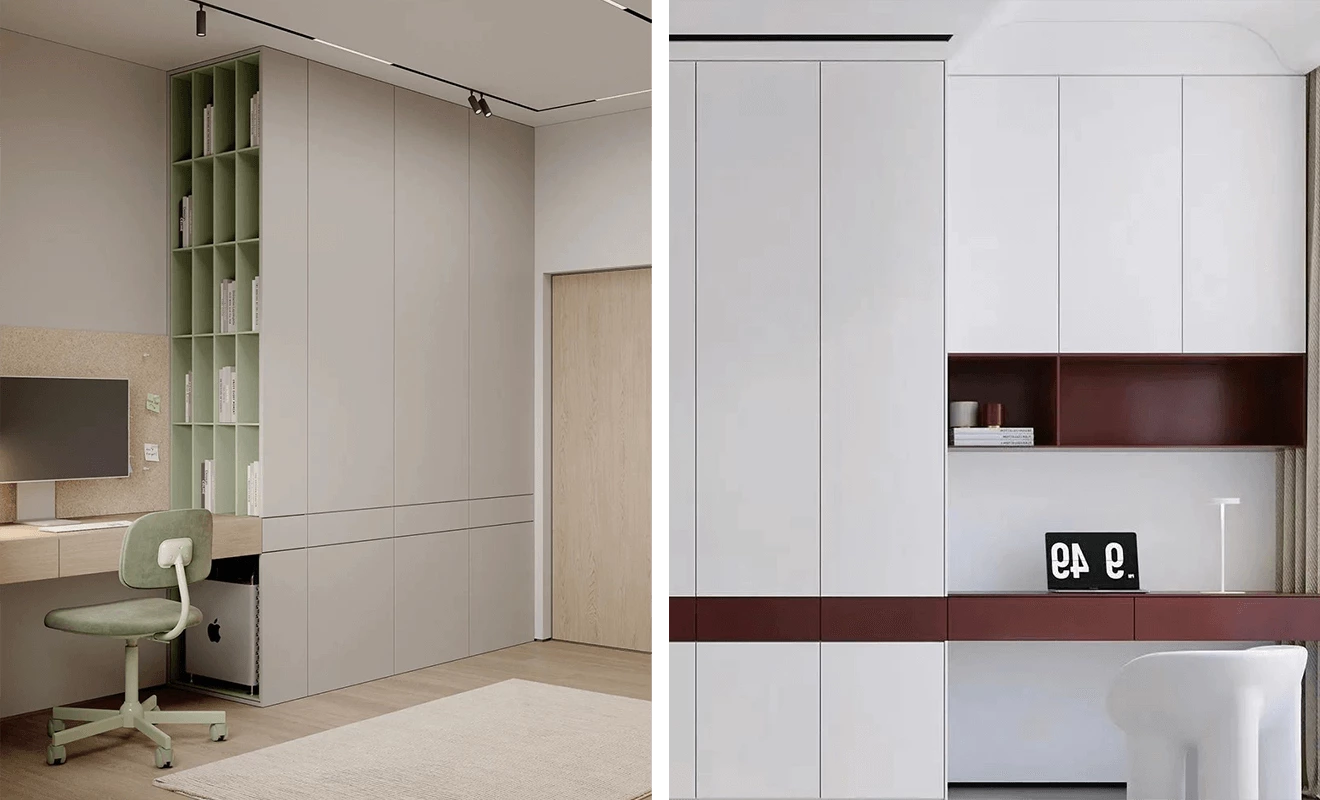
Avoid overusing this technique in compact spaces, where too many competing elements can feel cramped. Instead, let a few impactful contrasts shine. A floating black overhead cabinet inset into a white wall of storage offers just enough tension to feel fresh and refined.
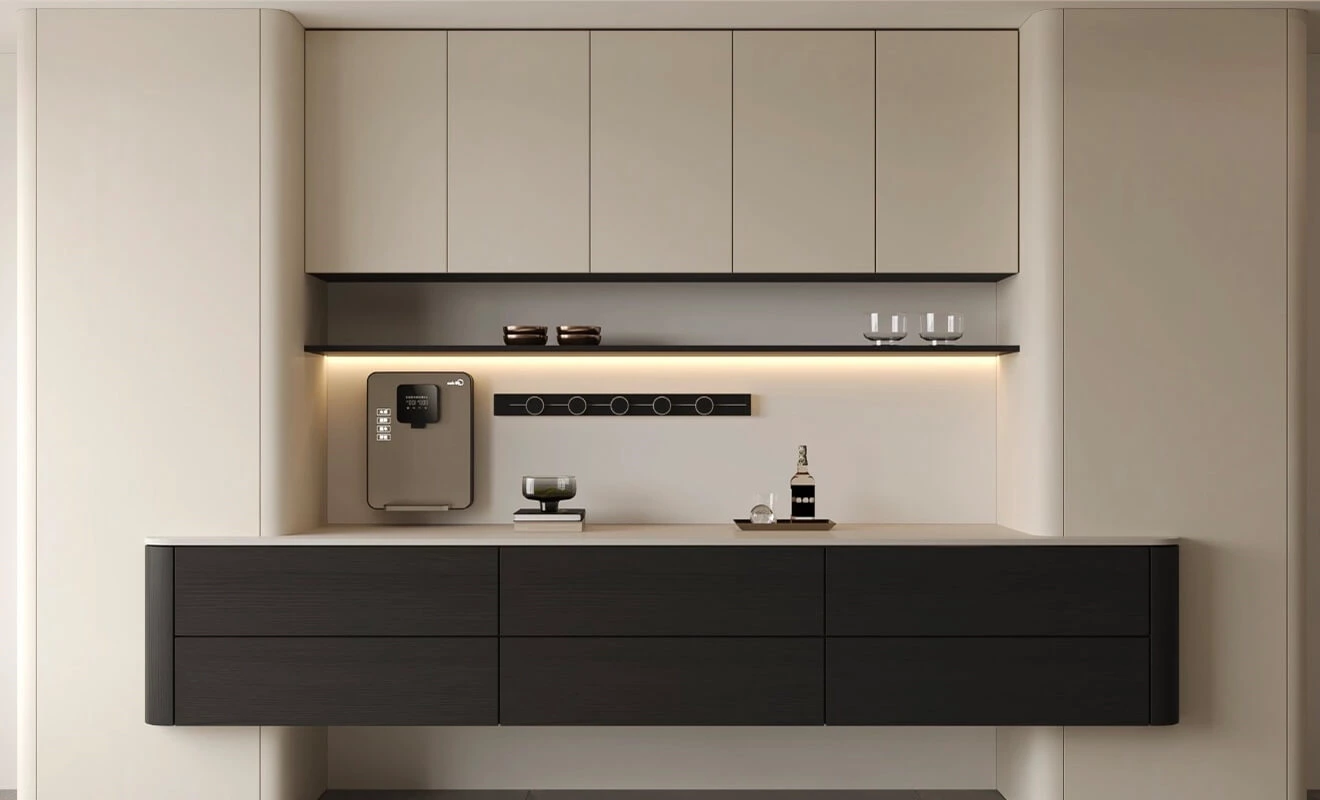
Surrounding certain cabinetry sections—what designers call “framing” or “enclosure”—can also carve out intimate, standalone zones in open layouts. But the interior of these framed spaces should feature intentional recesses, varied depths, or lighting accents to maintain visual interest.

A staggered upper cabinet arrangement helps soften the look, while combining drawers, open cubbies, and ambient lighting adds both practicality and polish. Reducing the cabinet’s visual footprint and increasing blank space around it can make the design feel more relaxed and luxurious.
Floating Elements for Lightness and Flow
Floating cabinetry is the perfect antidote to heavy, cluttered interiors. Rather than filling every wall with floor-to-ceiling units, consider suspending certain pieces—like a credenza, TV unit, or even a partitioning shelf—to create a sense of openness and airiness.
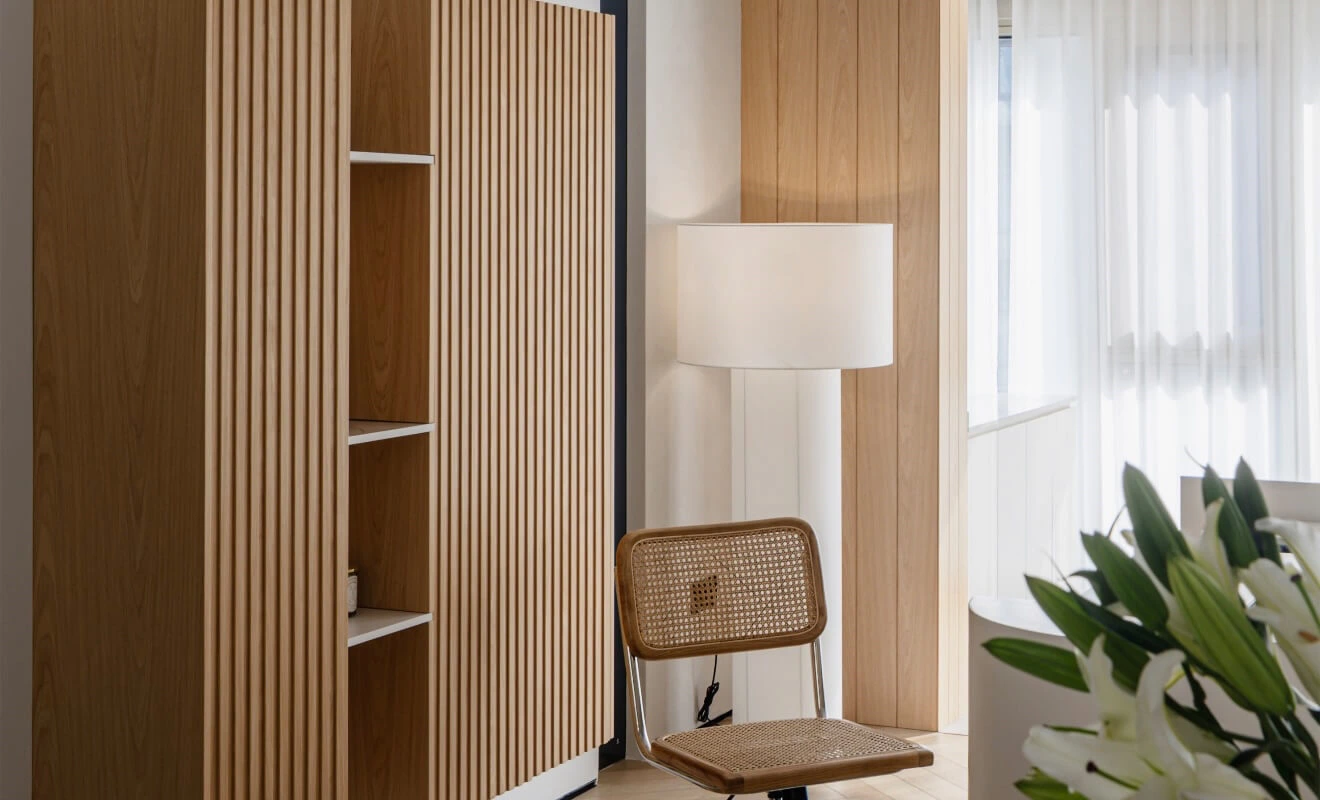
This works especially well in larger homes or horizontally-oriented apartments, where flow and functionality need to coexist. A floating partition cabinet, for instance, can subtly define zones (like separating a dining area from a study nook) while keeping sight lines open and uninterrupted.

Pair this with lightweight elements such as slatted blinds, glass panels, or thin shelving to maintain a visually breathable atmosphere. The trick is balance—combine grounded, tall units with select suspended sections for a sense of both stability and lift.

In a living room, a floating TV console paired with a built-in vapor fireplace can feel like a work of modern art—visually weightless, yet emotionally warm. Add to that soft underlighting or recessed LED strips, and the whole setup glows with quiet sophistication.
